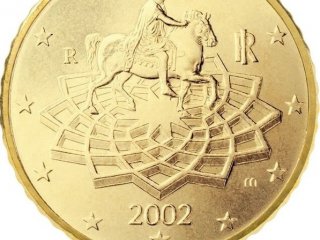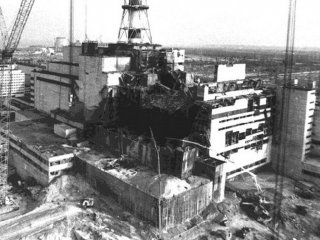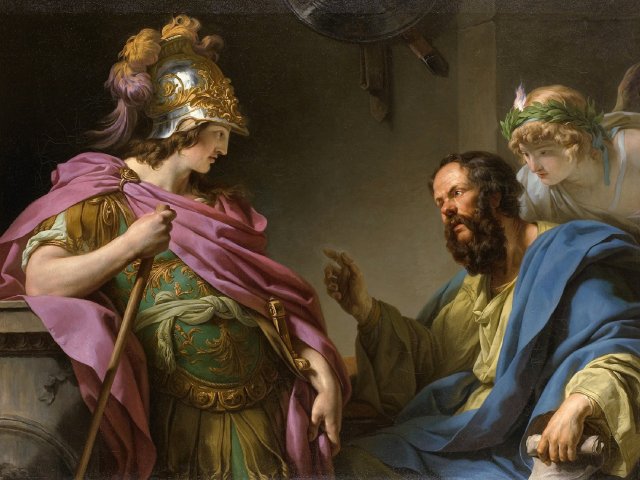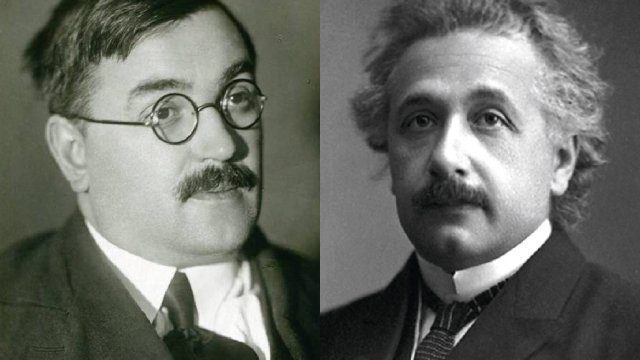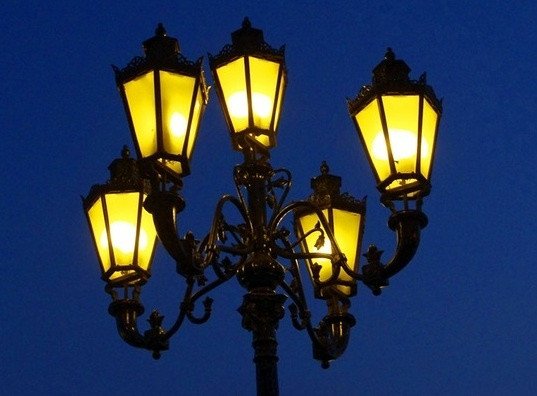
Before that no regular street lights had been available in the old capital. Peter the Great’s niece, tsarina Anna Ioannovna introduced this fashion. The Senate issued a respective order “to set glass lights on poles to light the streets in the Kremlin, in the White and Earth towns.” The police department was tasked with installing lights 10 sazhen (2.13 meters) from each other. The treasury financed the endeavor and on December 25, 1730 the streets of Moscow saw their first lights. They used a wick soaked in hemp-seed oil, so it was not at all surprising that brand-majors of the police stations were responsible for lights. Who else could be responsible for flammable materials like that? The lights were not available everywhere – first they were installed only inside the Boulevard ring (though not everywhere at all). In summer they were not lit, in other seasons they were working only till midnight or on moonless nights, which numbered about 18 a month. This strict lighting regime existed till the end of the 19th century, which made Vladimir Gilyarovsky, the author of the famous book Moscow and Muscovites, bitterly criticize the Moscow City Duma. All in all, the residents of Moscow approved of street lights, and they were much more advanced in that than the inhabitants of Cologne, who considered street lights a violation of the God’s order as it led to the increase in diseases, the deterioration of morals, it frightened horses and helped criminals.

